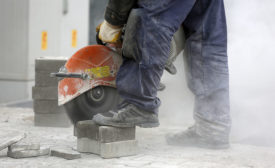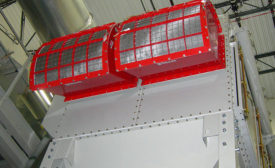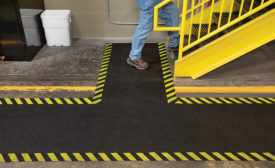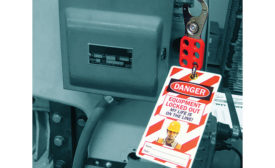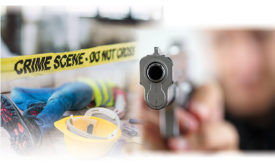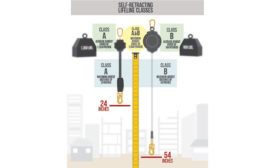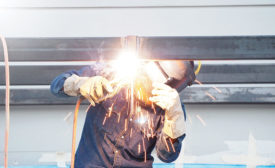Risk Management
7 key features of today’s cutting-edge chemical management software
Game-changing chemical management
August 1, 2019
How safe is your dust collection?
6 questions to evaluate safety, risk of deflagration & compliance
August 1, 2019
Implement a floor safety plan to prevent slips, trips & falls
Daily housekeeping required
August 1, 2019
Maximize FR protection
Consider all your workplace exposures to ensure compliance
July 15, 2019
Never miss the latest news and trends driving the safety industry
eNewsletter | Website | eMagazine
JOIN TODAYCopyright ©2024. All Rights Reserved BNP Media.
Design, CMS, Hosting & Web Development :: ePublishing
